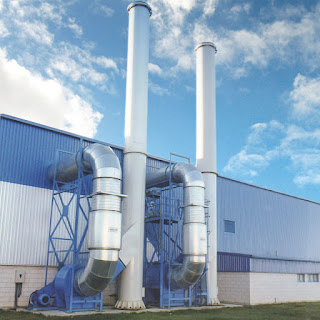How Fresh Air Comes into Your Home
Proper ventilation maintenance and repairs retain the air fresh and nourishing indoors.
Like the lungs, homes ought to be able to breathe to make sure that fresh air reaches in and dirty air goes out. The air indoors can build up high levels of moisture, odors, gases, dust, and additional air pollutants. To retain the air secure indoors, fresh outdoor air is mandated to cut these indoor pollutants.
To provide good air quality, adequate air requires be bringing in and circulating so that it achieves all areas of the home. For almost all homes, windows and structural elements contribute to getting in the fresh air. Numerous homes have extra mechanical systems to add to the flow. Some sources, such as stoves and bathrooms, require special ventilation maintenance and repairs that can withdraw the pollution they create. Ventilation above stoves necessities to carry the air outside to evade redistributing pollutants from cooking inside the home.
Ventilation services by fine hands like ROFLOW enable a decrease indoor air pollution, but it works best if paired with keeping known bases of air pollution out of the building. For instance, the just way to decrease the effect of secondhand smoke indoors is to not permit smoking indoors or near the openings. Ventilation will not unravel that problem.
Outdoor air can furthermore bring pollution indoors as well, so taking steps to diminish outdoor air pollution is significant, similarly.
How Fresh Air Comes into Your Home
Air comes into facilities and leaves in three various ways:
Doors and windows, whenever they are unlocked.
Joints, breaks, and openings where parts of the building connect, containing floors and walls and around windows and pipes.
Spot ventilation, containing fans that pull air from the bathroom.
Mechanical, entire house systems, to systems in enormous towers that force air into and out of the building.
Challenges Triggered by Poor Ventilation?
When not enough air circulates, pollution amasses indoors. Sometimes actions to make buildings more energy efficient can backfire by not permitting enough air to move, building up pollution. Carbon monoxide can amass to harmful levels indoors without decent ventilation, but it is not merely a risk.
Concentrations of radon, which can result in lung cancer, can rise in residences with low ventilation.
High humidity outside can make indoor air more humid, boosting the hazard of moisture injury indoors, such as mold growth or wood rot.





Comments
Post a Comment